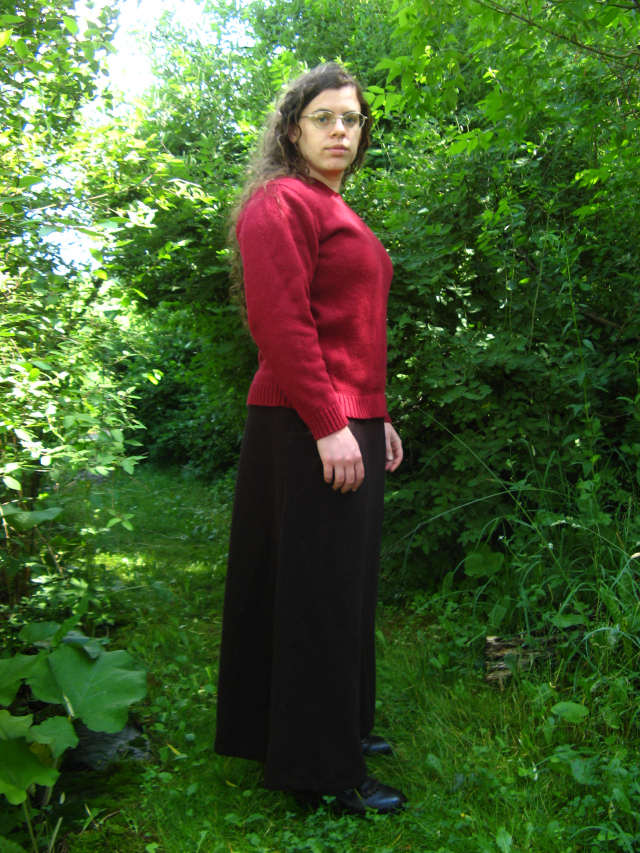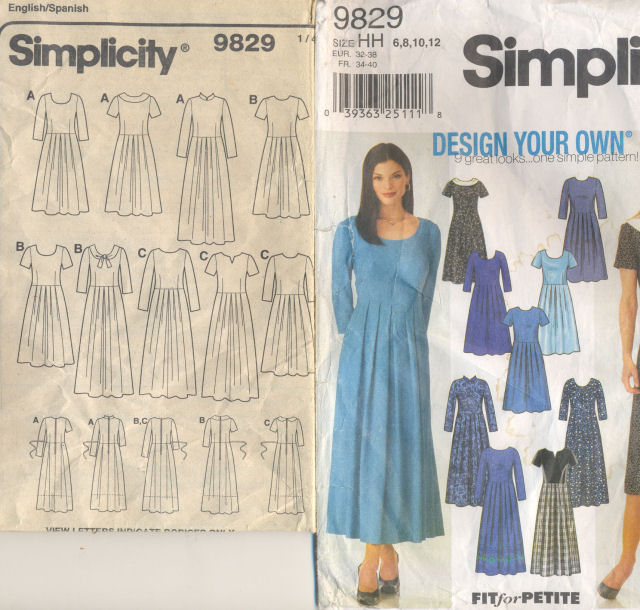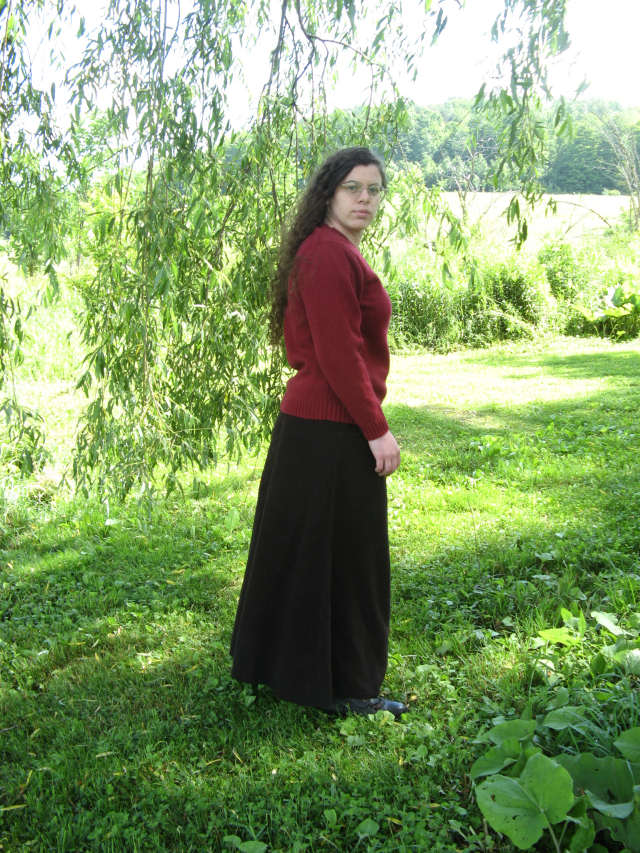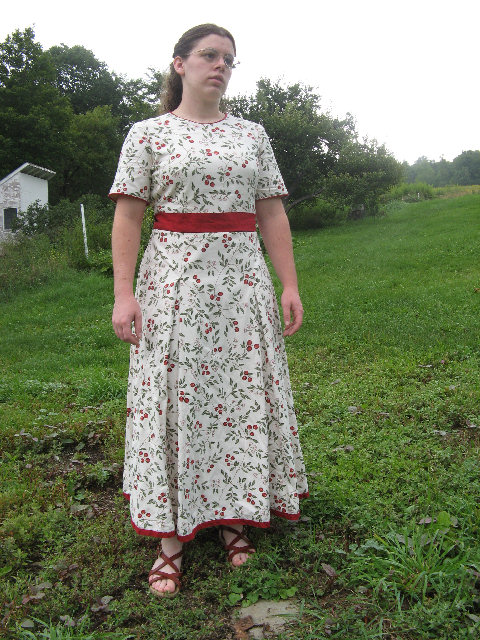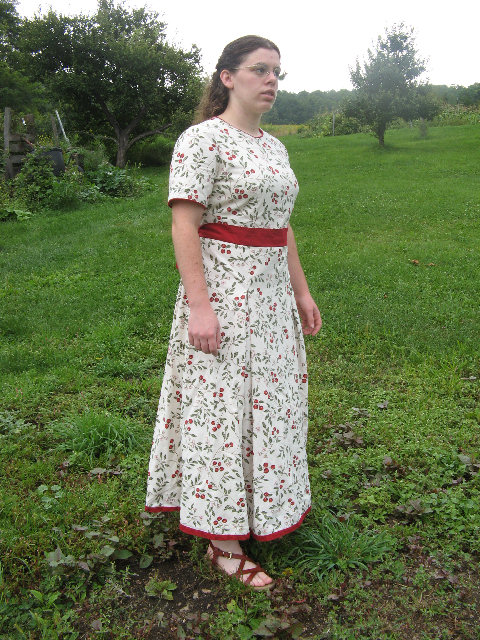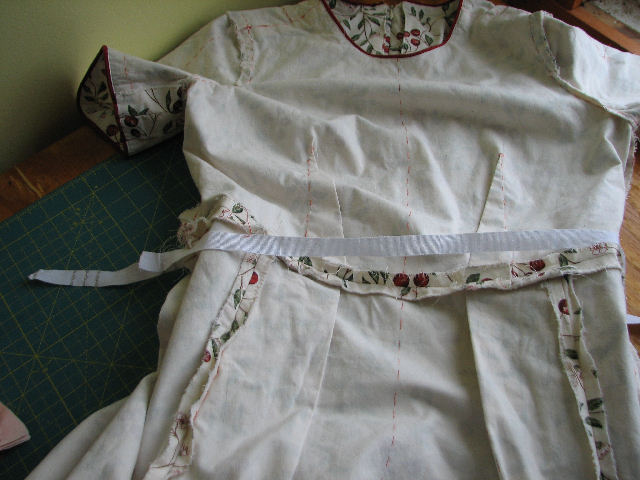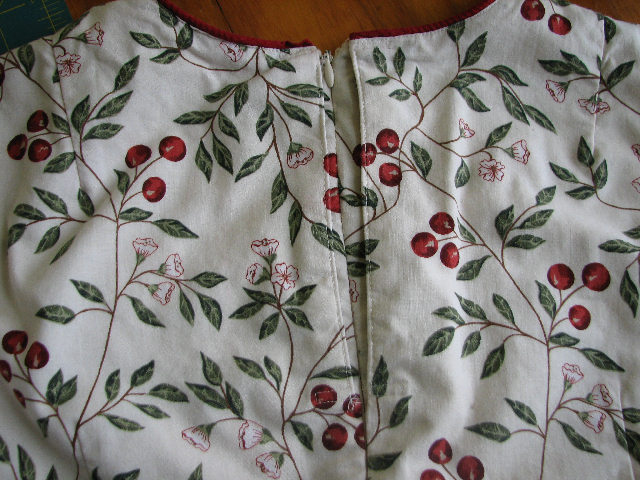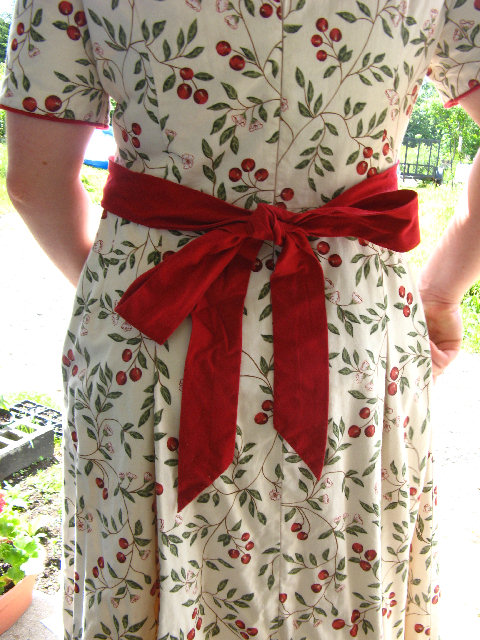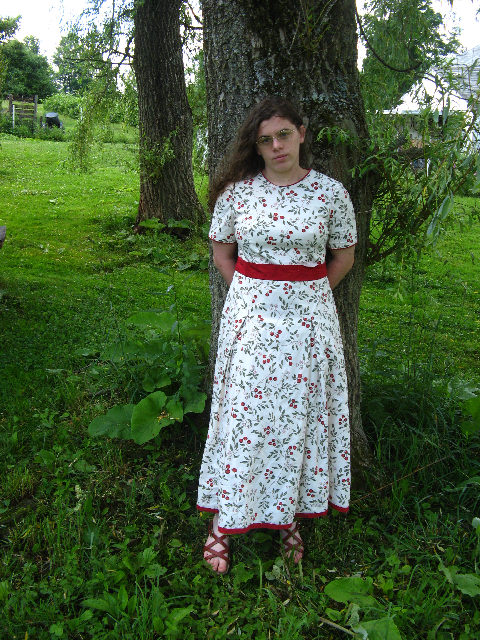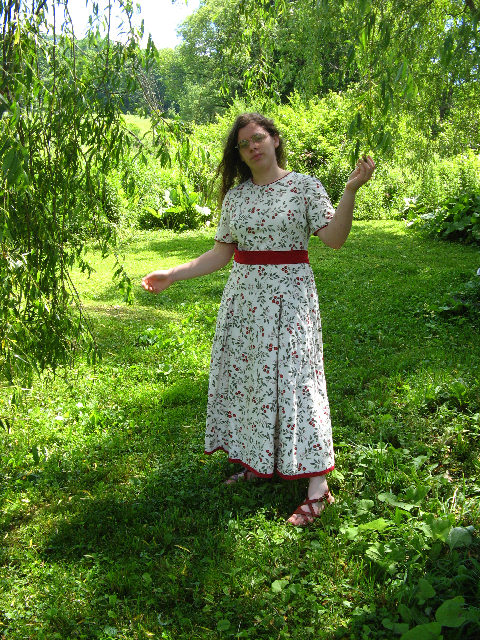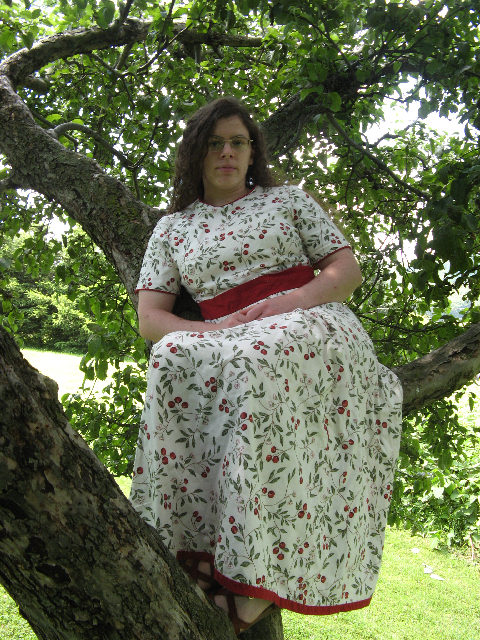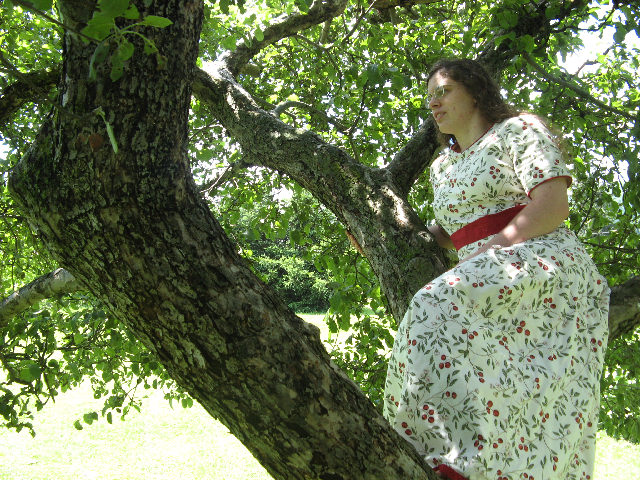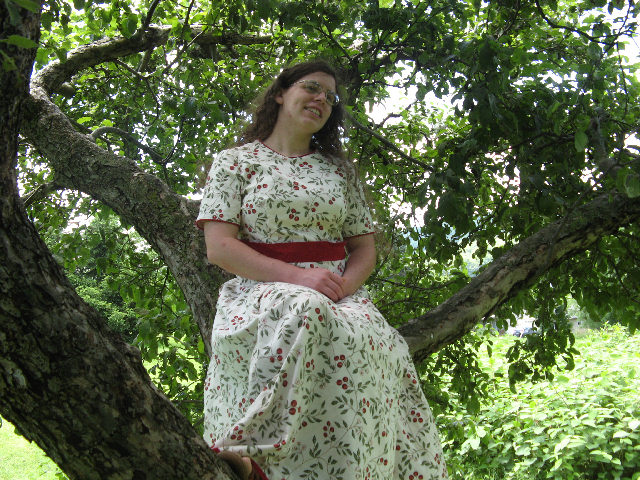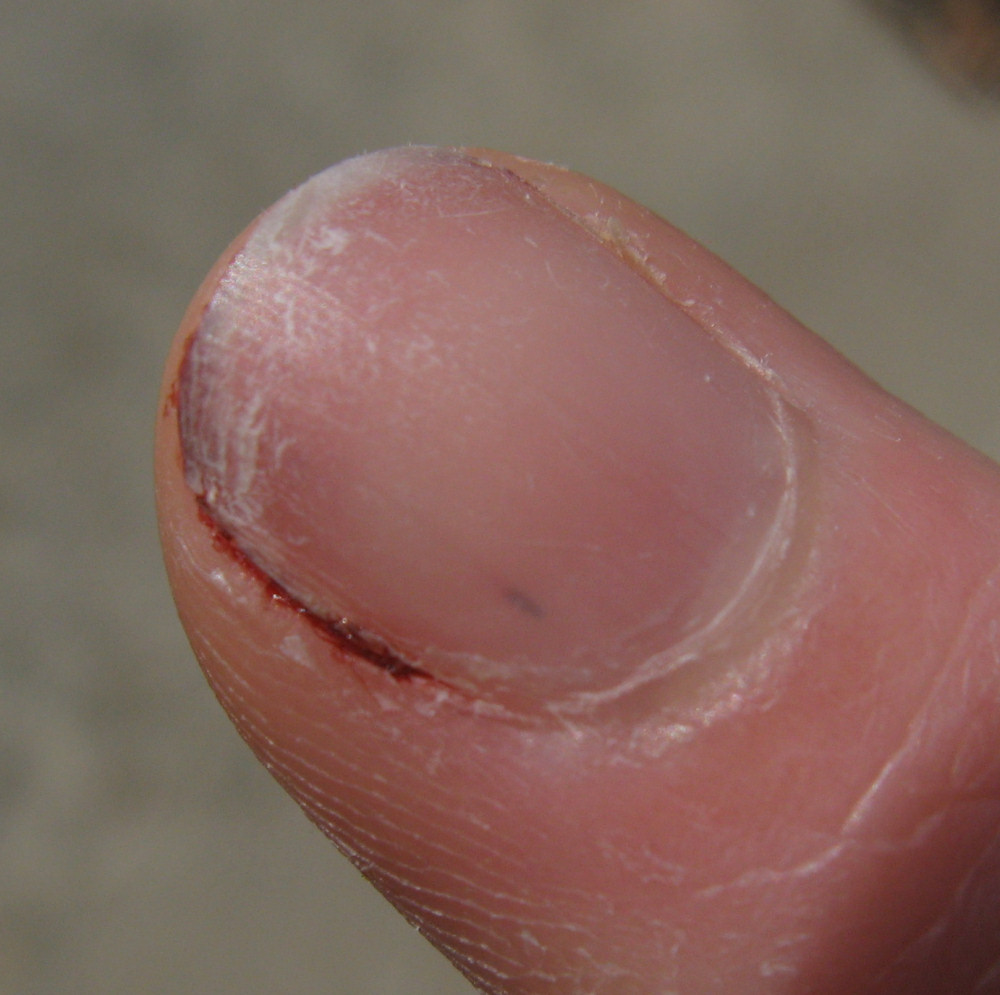Bernice recently left a comment on my “Crash Course on Dart Moving“.
Hi,
lOVE YOUR EXPLANATION ON ROTATION DARTS. I WAS WONDERING HOW YOU ACTUALLY PUT A DART IN A DARTLESS PATTERN. HOW TO MAKE THE DART WIDER SO AS I CAN THEN ROTATE THE DART TO THE WAIST AND SHOULDER TO ADD WIDE PINTUCKS AT SHOULDER AND WAIST.
THANKS
I like taking questions from the audience, and I like being able to help people who are struggling to figure something out. If anyone out there has questions, please ask them. It may take me a few weeks for me to get back to you, but I will get back to you. I can’t give a 100% guarantee that I know the answers to everything, but I have to be getting close to knowing everything. (Right? Right? C’mon, somebody back me up here!)
Okay, this explanation is going to be on the long side, so bear with me. Because the first thing I’m going to talk about is the whole reason or purpose for darts.
Here’s a sheet of paper. We’re going to pretend it’s fabric, because like fabric, it is flat.

(That’s my brother’s mouse, and my brother’s speaker.) And here in this next picture is a can of Parmesan cheese.

(And that’s my brother’s mess. I take absolutely no responsibility for that mess. It’s all his.) The poor, abandoned cheese container has no clothes. But we’re going to fix that.

So we take our fabric and wrap it around the container. Perfect fit, right? And no darts! This is our “guy” example. His clothes need no shaping. He doesn’t understand why you always get so grumpy about clothes not fitting, because how complicated can it be? You just wrap some fabric around yourself, and you’re good!
We will try not to do violent things to our guy example, even though he has no empathy or understanding and thinks everyone in the world is just like him.
Here’s a girl example:

She has curves.
If she takes a piece of fabric and wraps it around her, it’s not going to fit her the same way it fit the guy. Here’s a cutaway example so we can see what’s happening:
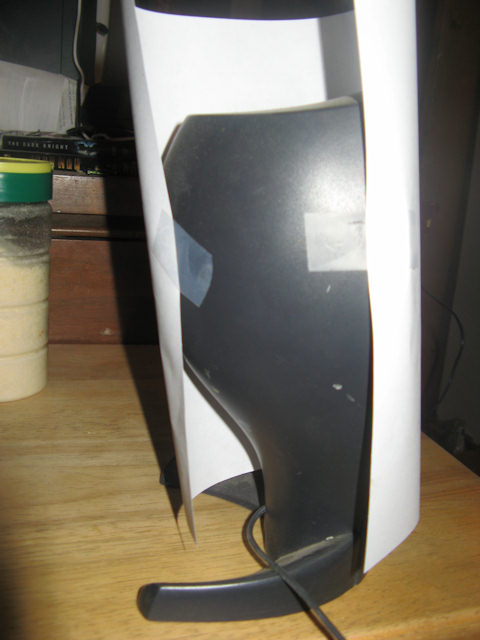
The fabric fit our guy example the same way all over. There was nothing complicated about that situation. But in our girl example, the fabric covers her just fine at the largest point, and it’s loose everywhere else. In order to get the fabric to fit her the same everywhere, we need to do this:
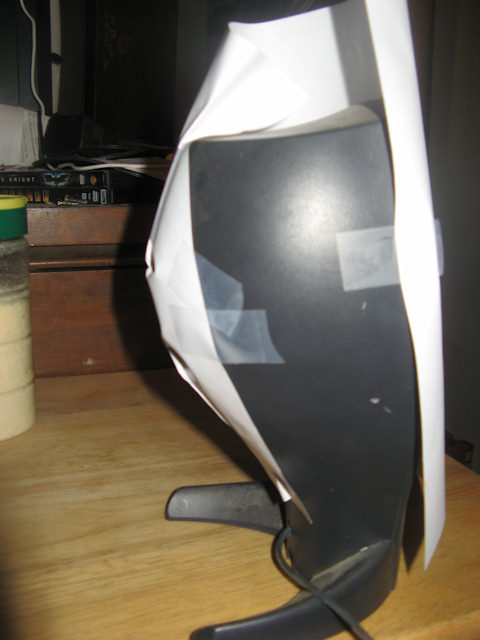
We’ve pinched out the extra. What does this look like when we take the paper off?
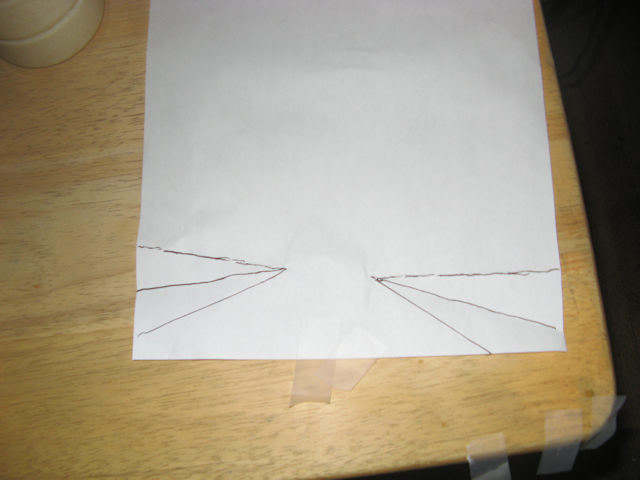
Darts!!
So, darts are shaping that is made by taking away fabric where it is too loose. Generally speaking, anyway. That’s the idea; tuck it away in the back of your head for the moment—we’re going to talk about something slightly different now.
Here is another mild-mannered piece of fabric/paper:

Hello, fabric. This fabric has no shaping. It has no darts.
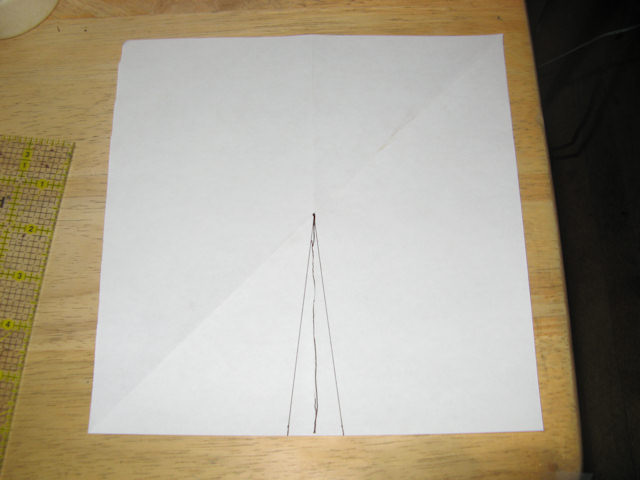
Here I’ve drawn on a 1″ dart. So now this fabric has a dart, but it is an “unsewn” dart, so there is still no shaping. Let’s “sew” this dart.

Now instead of laying flatly on the table, this fabric has some shaping.
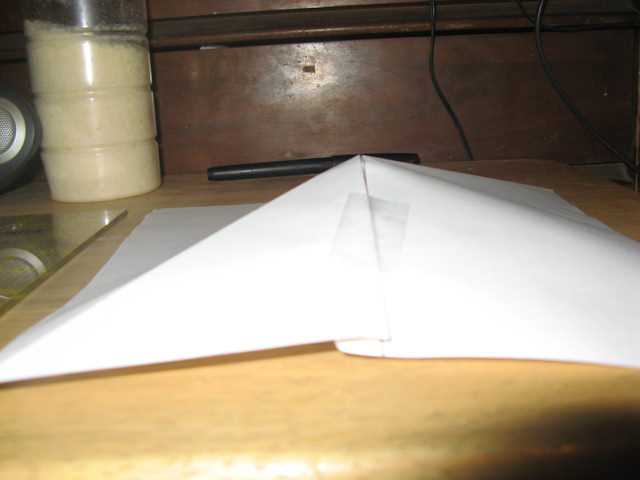
See what I mean?
Now what happens if we make the dart bigger? Here I’ve made the dart into a 2″ dart.
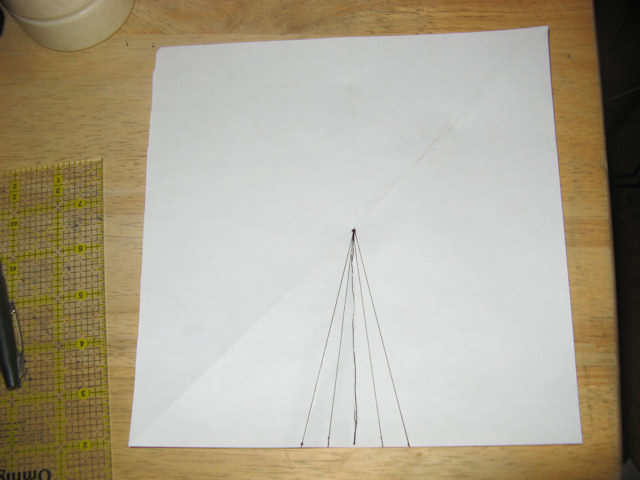
And when we tape it up, the shaping is even greater.
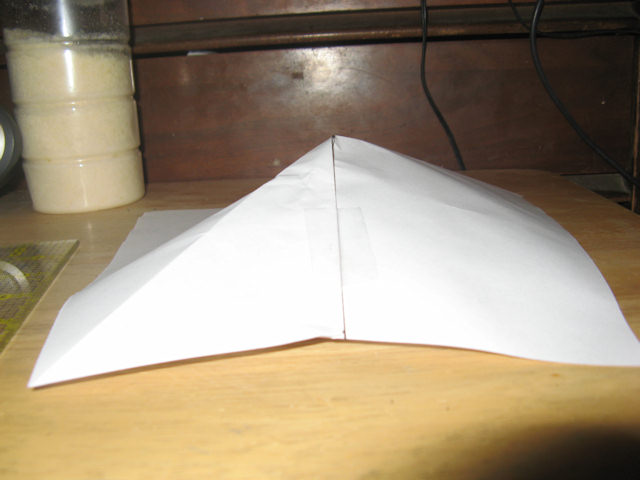
The larger we draw our dart,
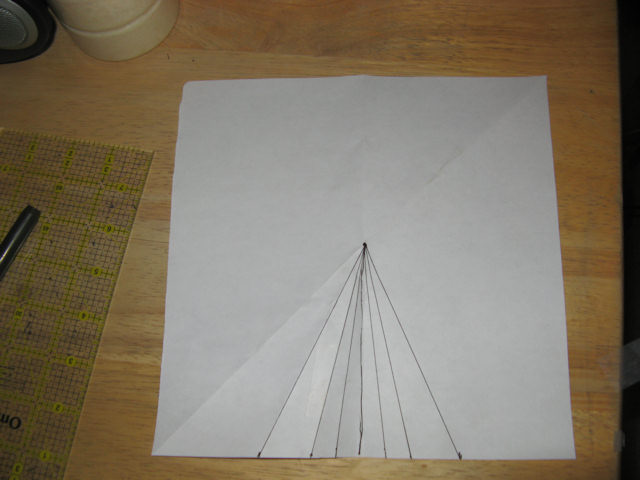
The taller our shaping becomes.
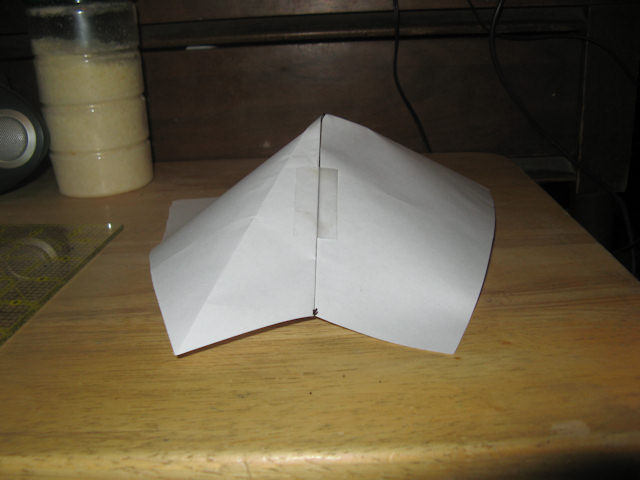
Some people phrase this as “The bigger the bump, the bigger the dart.” I think of it as simply the difference between two measurements. You have to take as much as necessary out of the bigger measurement to make it equal the smaller measurement.
Now let’s move on to a real life example. Here’s me. In an old t-shirt. A Land’s End boys’ t-shirt, to be exact.

(The mess is all mine, but I still don’t take any responsibility for it. I have lots of good excuses, but they take too long to type.)
Since it’s a boys t-shirt, it has no shaping whatsoever. Somebody has sewn together two flat rectangles, and put sleeves on it. It’s meant to fit our cheese container, which needs no shaping. It’s all the same anyway on a boy. But I am not a boy, and this means it doesn’t fit me the same everywhere.
What this means is that there are darts when I wear this t-shirt, but they are un-sewn darts.
Remember in our examples? When we put the flat piece of paper on the curvy speaker, suddenly there were these big gaps that weren’t there when we put the same piece of paper on the cheese container. And do you remember in the second example, when we drew the darts but didn’t sew them?
Well, this is what happens when you put the unshaped fabric on a shape. It tries to make darts.

Did you see them before I pointed them out to you?
This is what we call “un-sewn darts” or “fullness” or “extra fabric”. If you put an un-shaped piece of fabric on something that has shape, there is “leftovers”.
So here we “sew” the dart. I’m pinning out the fullness; I’m “creating” a dart; I’m shaping the fabric.
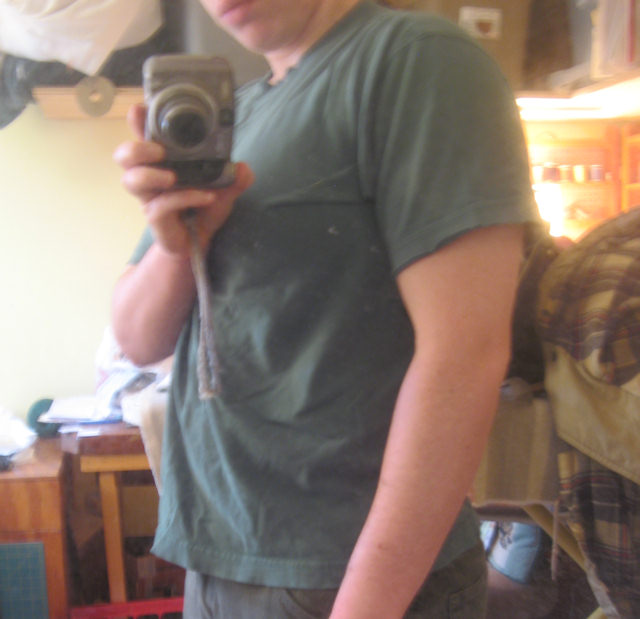
And in this extremely blurry picture, you can see it’s still all loose and unshaped on the left side.
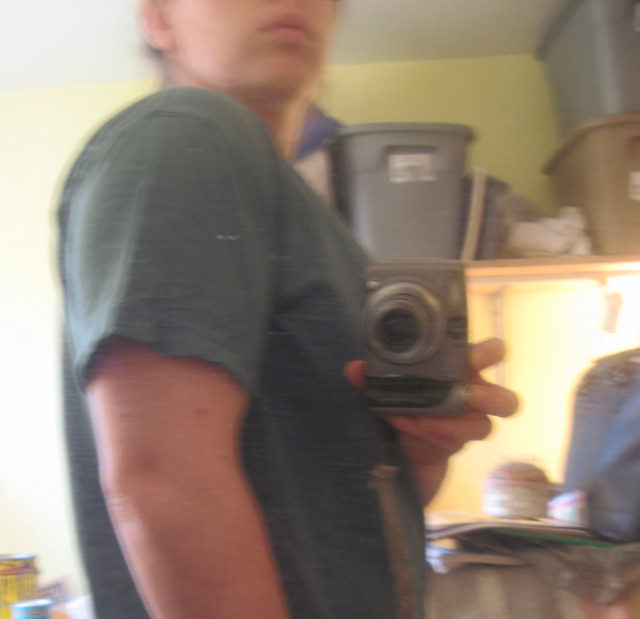
So that’s what you call a bust dart. This is what happens when you put in a waist dart:

Since my nickname is not “Miss Skinny Through the Middle”, I find these waist darts to be hugely unflattering, and in real life I’m not going to use them. But if you were a guy, “waist darts” are the only darts you’d ever use, and even then, probably only if you were working on a jacket/sports coat/etc.
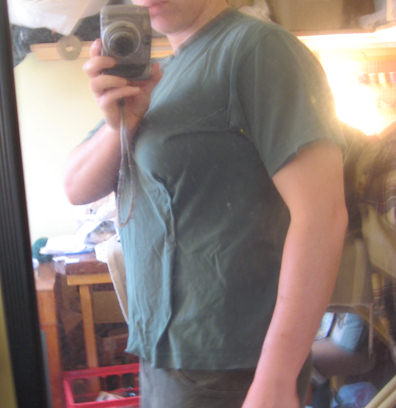
So shaped on the right side,
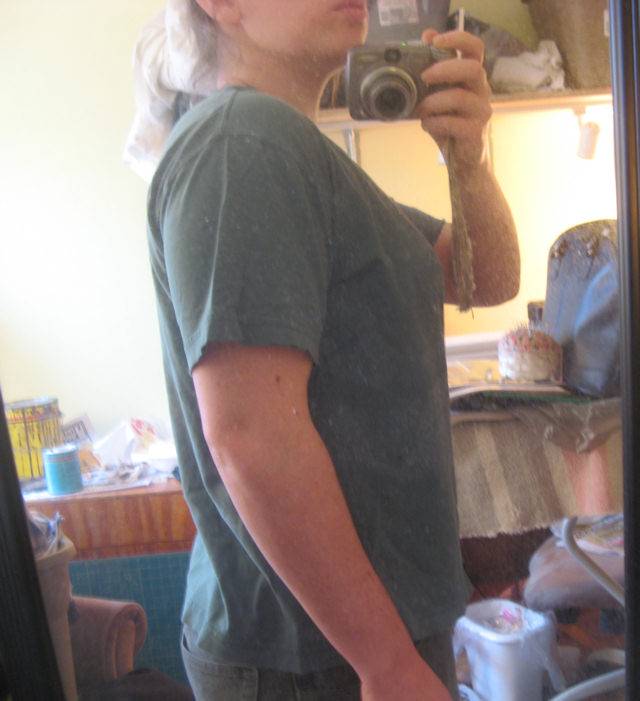
unshaped on the left. The shirt is the same. It’s just that one side has “unsewn” darts, and the other side has “sewn” darts.
You can also shape the side seams. Notice the unsewn darts on the left?
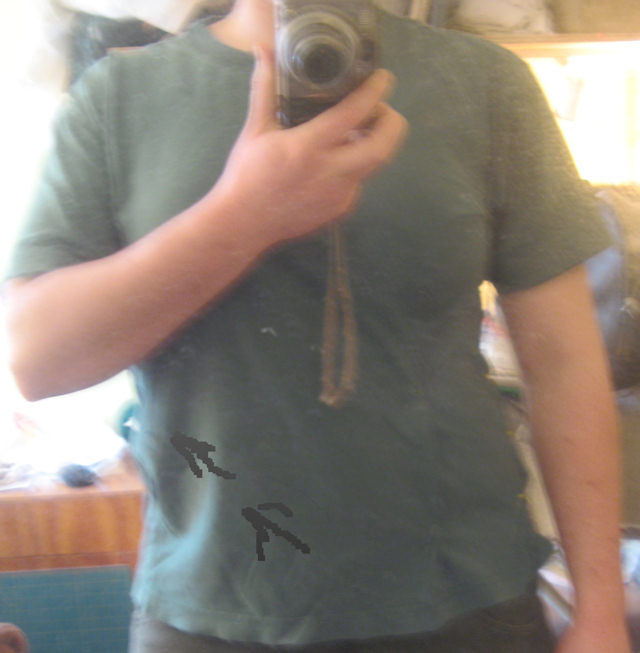
In real life, I would use the bust dart and shape the side seam, but I wouldn’t use the waist dart. This is now seriously into sausage-casing territory, which I call “Not a Good Look.”
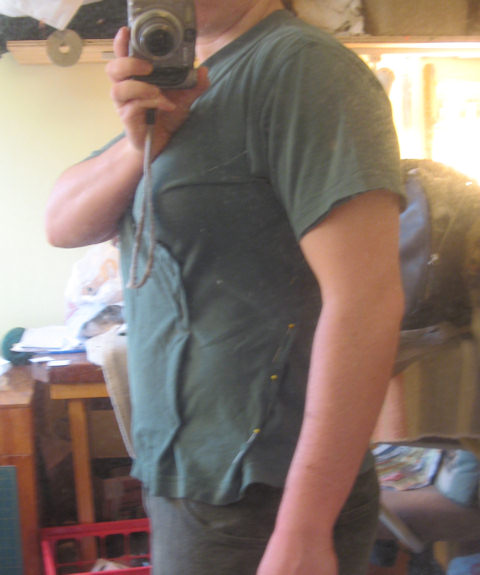
In general, you can always use smaller darts. It just means you will have “less shaping”, or your garment will look more like the paper on speaker. But you can’t really make darts bigger, beyond a certain point. Could we have made the darts bigger on the paper on the speaker? No! Could have we made them smaller? Yes, but it would have been a looser, less shaped fit.
So what does any of this have to do with anything? Well, to answer Bernice’s questions:
(1) Your pattern probably does have darts, they’re just unsewn and undrawn. You can put them in. Probably pin-fitting a muslin would be the way to go (just as I pin fit my t-shirt), simply because it’s the most straight forward. Putting in darts will change the fit, though, so if you already like the fit, don’t bother with the darts.
(2) Once you “put your darts in”, you can’t really make them bigger. That’s just the shape you are. But you don’t need to make your darts bigger in order to put in pintucks.
All darts disregarded (either sewn or unsewn), all you need to do to add pintucks is slash-and spread.
Let’s move on to little pattern examples, of which mine are unfortunately very poor quality. I apologize, but I’m running out of steam here, and I really want to get this answer to you this weekend. Otherwise it’s anyone’s guess when I’ll finish it.
If I had a “dartless” pattern that I liked, and I wanted to add decorative tucking down the front, I’d mark off the section I wanted to tuck, like this:

Then I’d slash right up the middle of that section, and spread it apart as far as I needed it,

and tuck it.
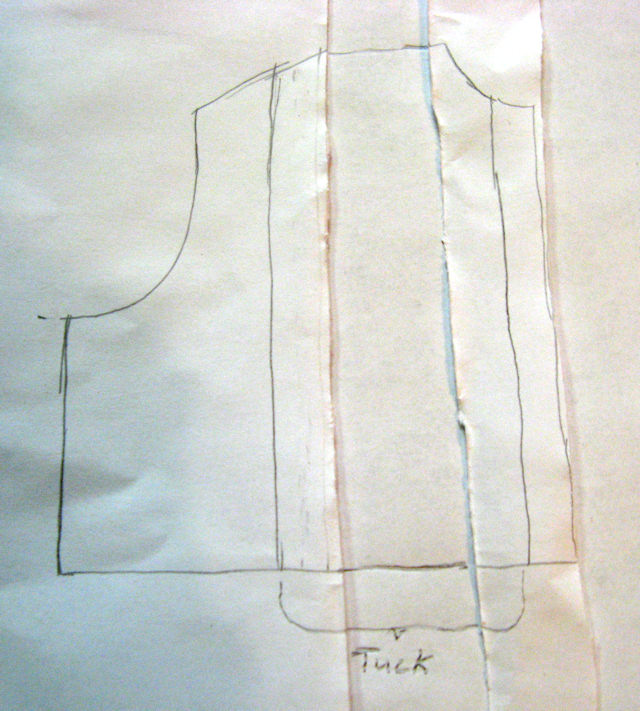
Now if I had a shaped pattern, and I wanted decorative tucks down the front, I’d arrange my darts like this:
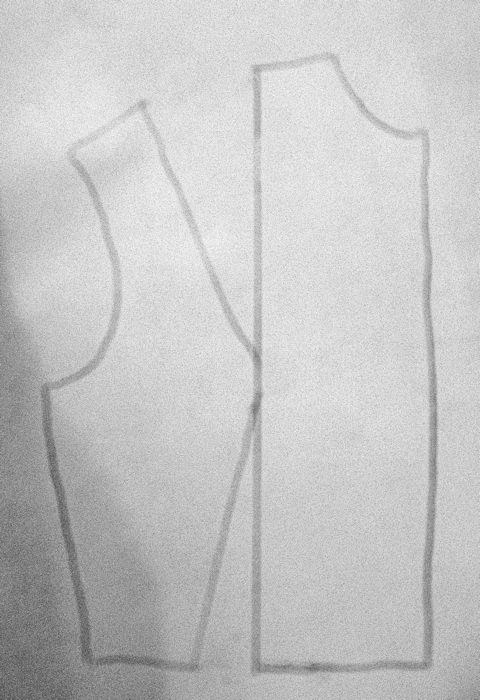
Mark off my area I wanted tucked, like this:

Slash right along the straight line and add my extra fabric, and tuck:
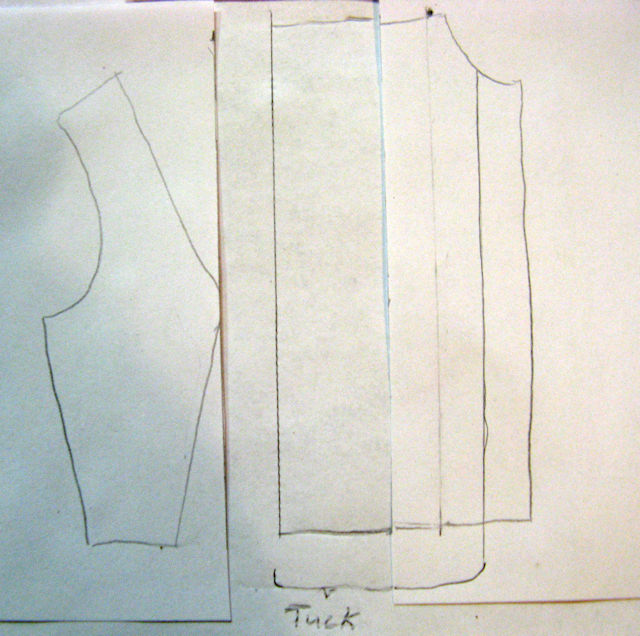
Now I think what Bernice was talking about was doing “functional” tucks, using tucks to take in the fullness instead of darts. In that case, you can leave the darts without having a perfectly vertical line, and simple tuck out the fullness at the top and the bottom. This will mean the tucks won’t make as straight line down the front of the shirt, but rather will end before reaching the bust.
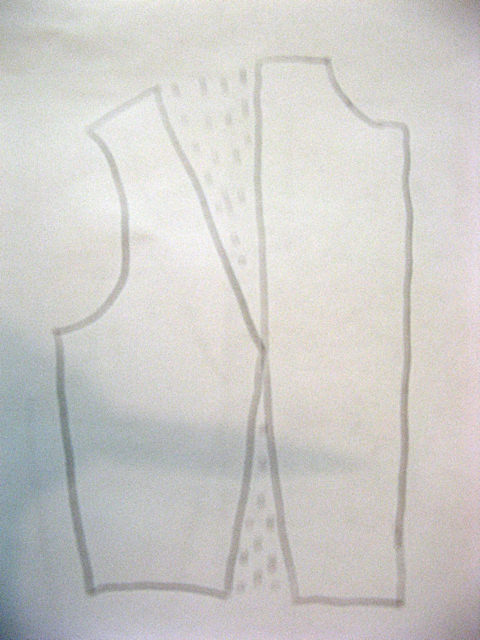
And that was my rather pathetic illustration of the origin of darts, where they came from, how they got there, what they’re doing there, and what happens when they leave. If I was being paid to do this kind of stuff, I would have taken the time to actually have unblurry, focused pictures. But as it is, it has taken me 5 hours to do all of this, and everything else I was supposed to do this weekend is calling my name. So as far as picture quality, I guess you’ll have to take what you can get. As far as understanding it, however, please let me know if you have any other questions. I will keep working at it until it makes sense for you!



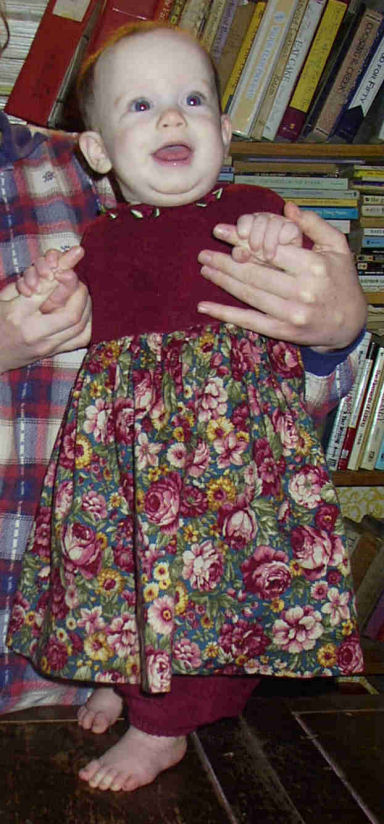





 Yes, my skirt has pockets! Two of them! They came out very nice, but when it came to working on the next garment with pockets, I didn’t have the foggiest idea how I’d done them before. I’ll show you better pictures later.
Yes, my skirt has pockets! Two of them! They came out very nice, but when it came to working on the next garment with pockets, I didn’t have the foggiest idea how I’d done them before. I’ll show you better pictures later.